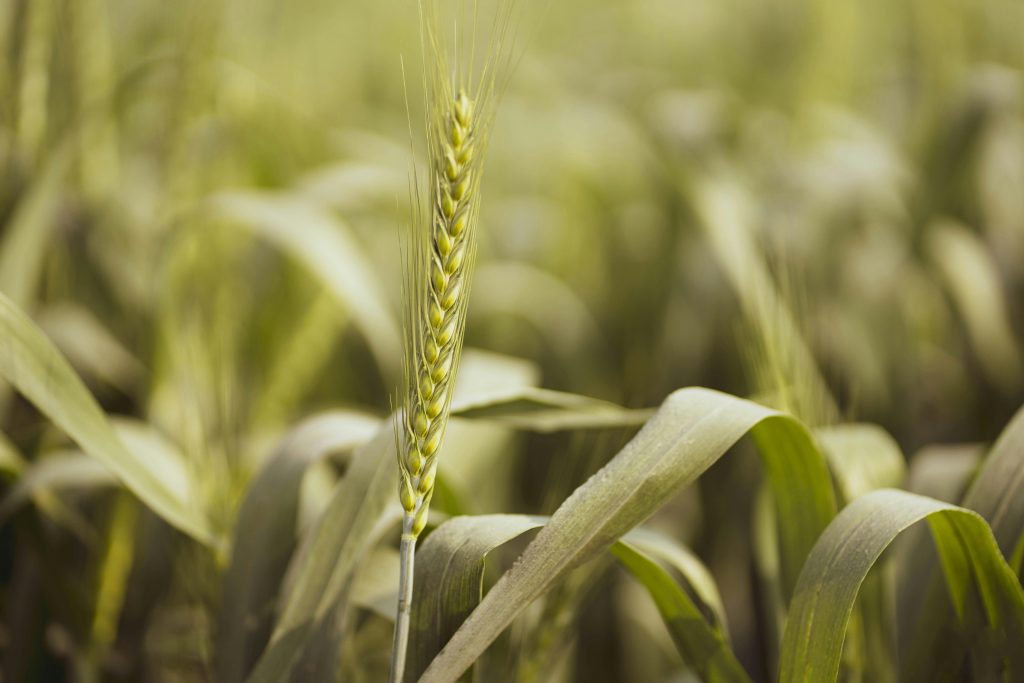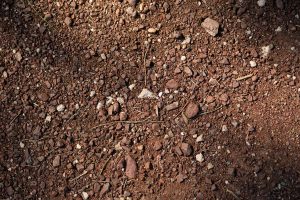
Gypsum in Fall Cover Crops: Strengthening Roots and Soil Biology
Cover crops are one of the most effective tools for improving soil health and preparing beds for the next growing season. Whether planted in market

Cover crops are one of the most effective tools for improving soil health and preparing beds for the next growing season. Whether planted in market gardens, orchards, pastures, or backyard plots, cover crops bring a wide range of benefits including erosion control, weed suppression, organic matter addition, and nitrogen fixation. However, the success of cover crops depends not only on the species chosen but also on the fertility and structure of the soil they are planted into. This is where gypsum becomes a powerful partner in fall cover crop programs.
Gypsum, or calcium sulfate, is a soil amendment that provides both calcium and sulfur while improving soil structure. Calcium enhances root development and flocculates clay particles, creating looser, more aerated soils. Sulfur supports protein synthesis and nitrogen efficiency, making legumes and grasses more productive. When applied in the fall alongside cover crops, gypsum strengthens roots, improves nutrient cycling, and stimulates soil biology. The result is healthier cover crops, better soil conditions, and long-term improvements that benefit future plantings.
At Supply Solutions LLC, high-quality gypsum is available for farmers, landscapers, and gardeners who want to maximize the value of their fall cover crops.
Cover crops have become a cornerstone of sustainable farming and gardening practices.
When paired with gypsum, these benefits are amplified because calcium and sulfur directly enhance both crop growth and soil biology.
Calcium is more than just a nutrient; it is a soil conditioner that directly impacts root growth.
By improving both root health and soil structure, calcium ensures cover crops establish quickly and thrive.
Sulfur, the second nutrient in gypsum, enhances nutrient use and protein formation.
Together, calcium and sulfur make gypsum uniquely suited to supporting fall cover crops.
Gypsum improves cover crop performance through multiple mechanisms.
By enhancing root and microbial health, gypsum transforms cover crops into more powerful tools for soil improvement.
Fall offers unique advantages for gypsum application.
Applying gypsum now ensures cover crops perform better throughout fall and winter.
For commercial producers, gypsum enhances both cover crop performance and long-term soil health.
Farmers who combine gypsum with cover crops see long-term returns in both yield and soil productivity.
Landscapers managing estate gardens, campuses, or community spaces also gain from gypsum applications.
By incorporating gypsum, landscapers can transform cover crop beds into soil-building assets for spring projects.
Home gardeners often overlook cover crops, but they are just as valuable in small plots. Gypsum makes them even more effective.
For backyard growers, gypsum is an affordable way to enhance both cover crops and long-term soil health.
Avoiding these mistakes ensures gypsum provides the best support for cover crops.
At Supply Solutions LLC, gypsum is selected for purity and consistency. It dissolves easily, works quickly, and provides reliable calcium and sulfur for cover crops. With guidance available, customers can be confident in their fertility programs.
Cover crops are not just fillers between growing seasons; they are essential tools for soil restoration. When paired with gypsum, their ability to strengthen roots, build organic matter, and stimulate soil biology is amplified. By applying gypsum in fall, growers maximize the benefits of cover crops and prepare soils for vigorous spring growth.
For gypsum and other trusted soil amendments, visit Supply Solutions LLC. Reach us through our contact form, message us on Facebook, call 503-451-1622, or email sales@mysolutionssupply.com to get the products and guidance you need for healthier soils and stronger crops.

Cover crops are one of the most effective tools for improving soil health and preparing beds for the next growing season. Whether planted in market

Fall is often seen as the winding down of the growing season, but for seasoned farmers, landscapers, and gardeners, it is also the beginning of
Give us a call or visit our store, and we’ll help you find the right solution for your business.
© Supply Solutions LLC 2025